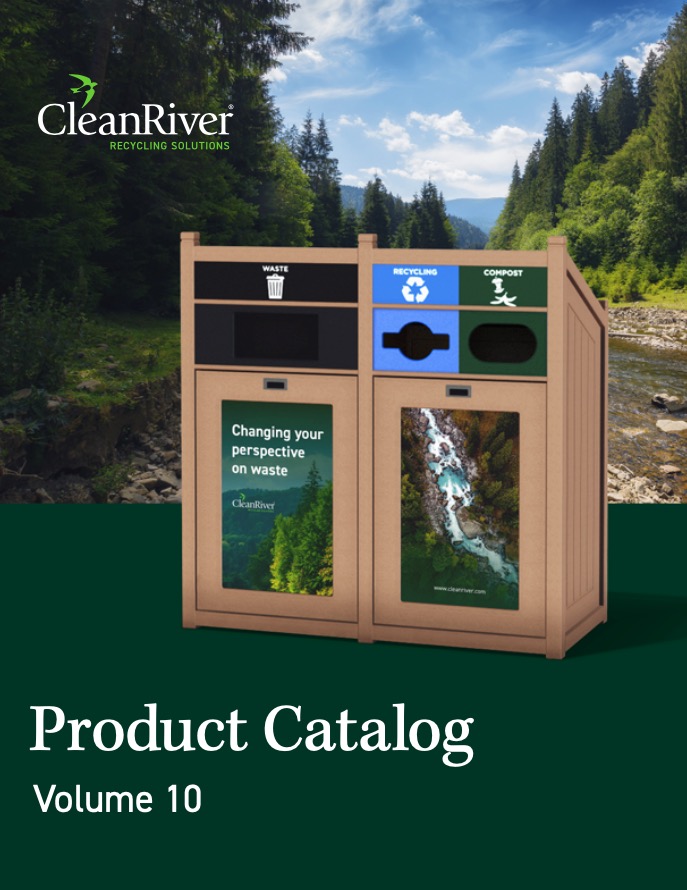Share
Winter has arrived and that means ski season has officially started. Avid skiers and snowboarders in North America can choose from over 800 ski resorts to visit during the winter months. Ski resorts are hot spots to snow enthusiasts around the world and many have even become vacation destinations in the summer months too.
Although the pastime of skiing is a wonderful way to spend time outdoors, in the last decade attention has been called to the impact these resorts have on the environment. The environmental costs associated with skiing vary from water use, deforestation to fossil fuel usage. So, it’s no surprise that there’s increasing pressure on ski resorts to step up their sustainability game and make significant changes concerning their environmental impact.
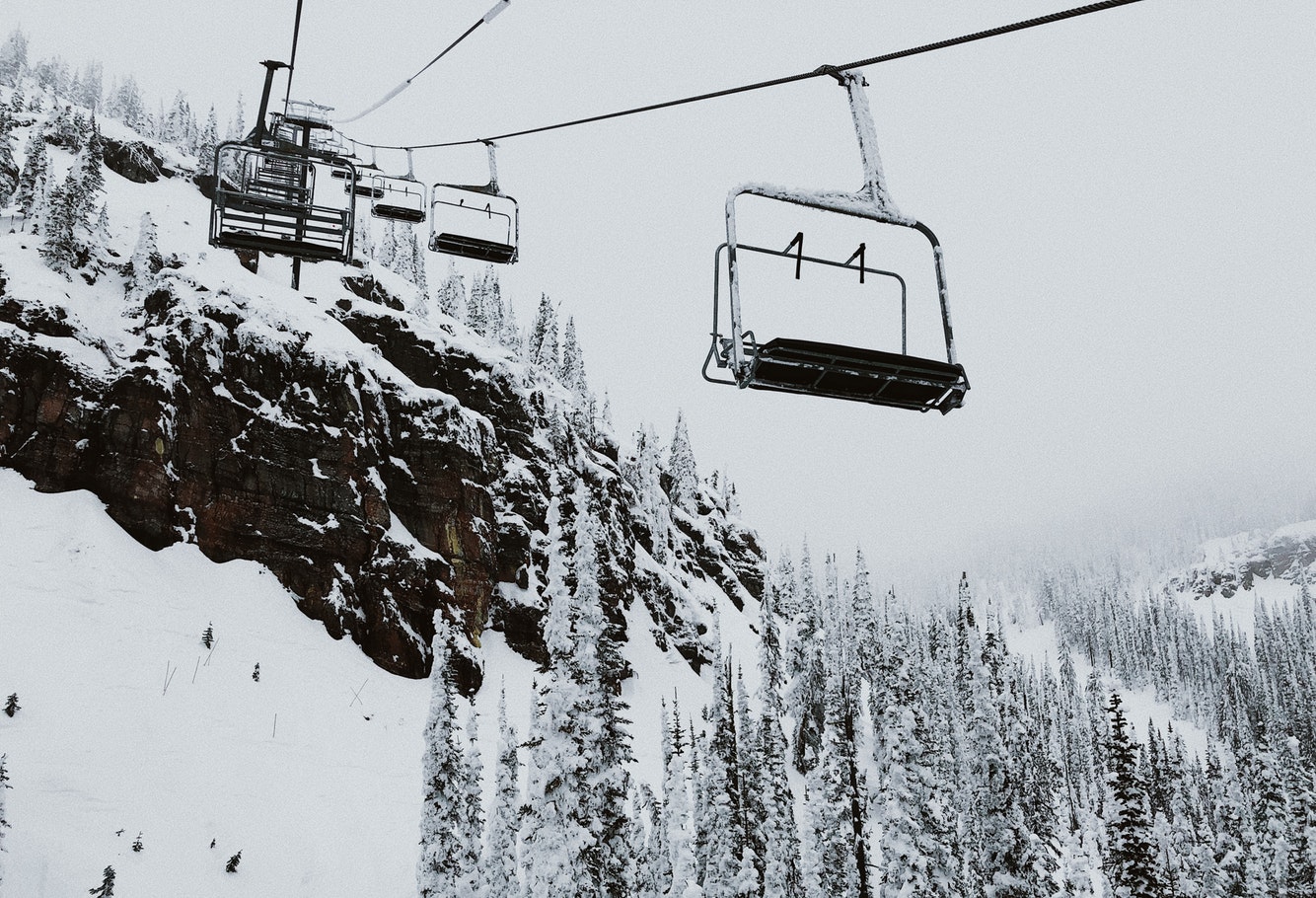
A 2016 study sponsored by Visit California, the tourism agency for the state, found that 63% of travelers say they are much more likely to consider visiting destinations where there is a strong effort to conserve and protect natural resources.
(Martin, Hugo “Ski Resorts Hope For a Lift From Going Green” Los Angeles Times 13 Feb, 2018: Print)
Remember with great powder comes great responsibility! Waste management is one area that most ski resorts are starting to tackle in order to increase their diversion rate and send less materials to landfill.
Ski resort operators say there is a sound business reason behind such efforts. Not only do the resorts expect to save money over the long run by turning to renewable energy and cutting waste, but they also hope to appeal to skiers — particularly millennials — who put a premium on environmentally friendly travel destinations.
(Martin, Hugo “Ski Resorts Hope For a Lift From Going Green” Los Angeles Times 13 Feb, 2018: Print)

Initiating a solid recycling program is the first (and simple) step every ski resort can take to reach their sustainability goals. So, glide down CleanRiver’s Green Run for ski resort beginners to help keep your recycling program off thin ice and get your slopes more sustainable
1.You Need A Solid Base
Like the beginning of every ski season you need a solid base to get your program started. This means establishing your baseline and determining your waste diversion rate. For ski resorts which bring different types of tourists in the winter vs the summer, we suggest conducting a separate waste audit during each season. This will help you have a better understanding of the different types of waste you are accumulating during the different busy periods. For example, during ski season you will may see a high volume of disposable hot chocolate or coffee cups whereas during the summer months, these items may not be filling up your waste streams at all.
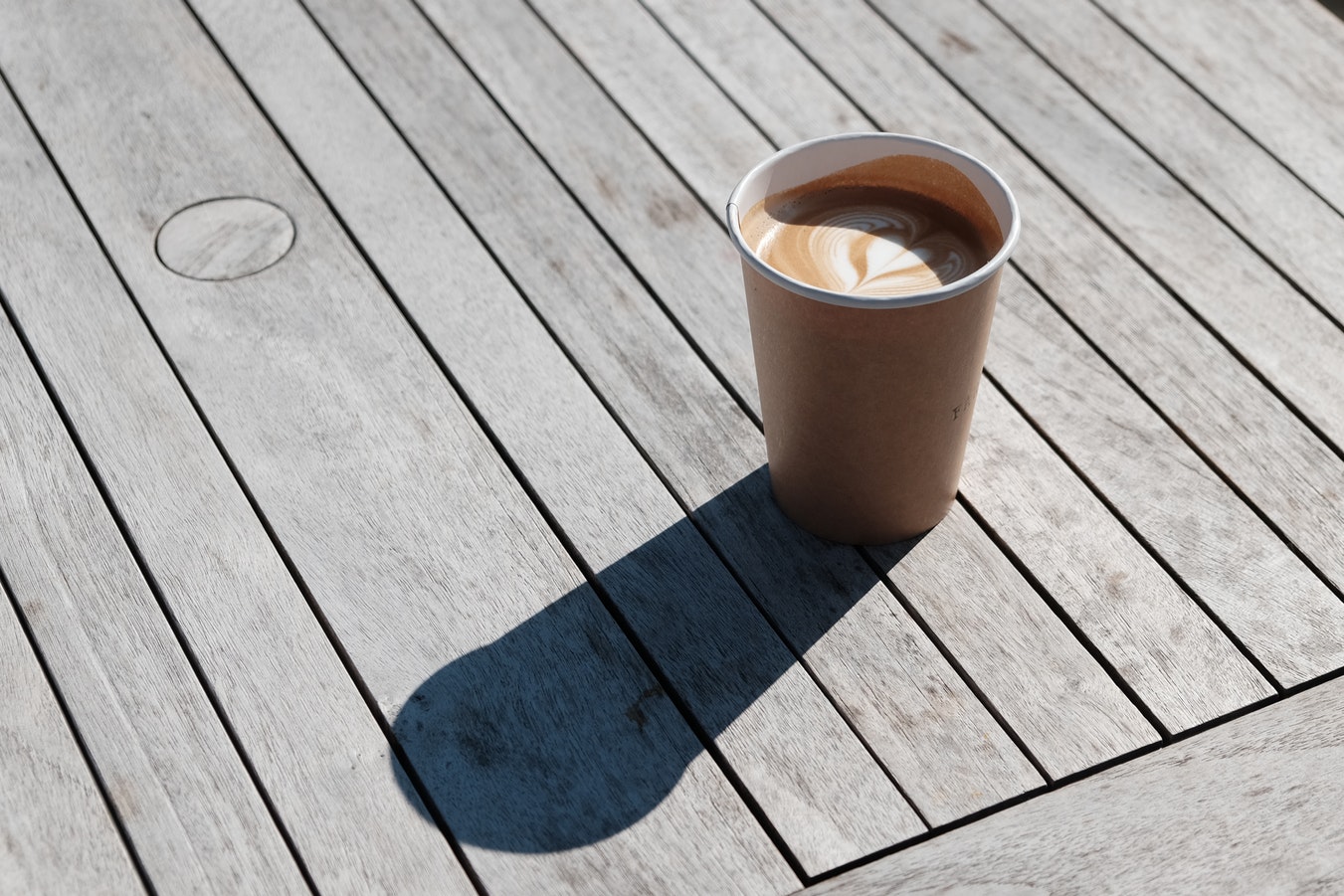
Conducting a thorough waste audit is critical to help you gain a better understanding of your ski resort currently is in terms of waste management and help you identify any opportunities for improvement for the both environment and the bottom line. Remember to audit the entire resort, from waste collected by the lift lines, to public washrooms and the chalet, to ensure you understand the different types of trash being tossed. Once you have a clear understanding of the waste generated at your resort you can identify the different waste and recycling streams your program should include.
To find everything you need to know about how to conduct an effective waste audit check out our eBook: Waste Audit Toolkit or listen to our free webinar presented by CEO Bruce Buchan & SR. Recycling Advisor Tom Lembo: How to Conduct An Effective Waste Audit.
2. Good Visibility
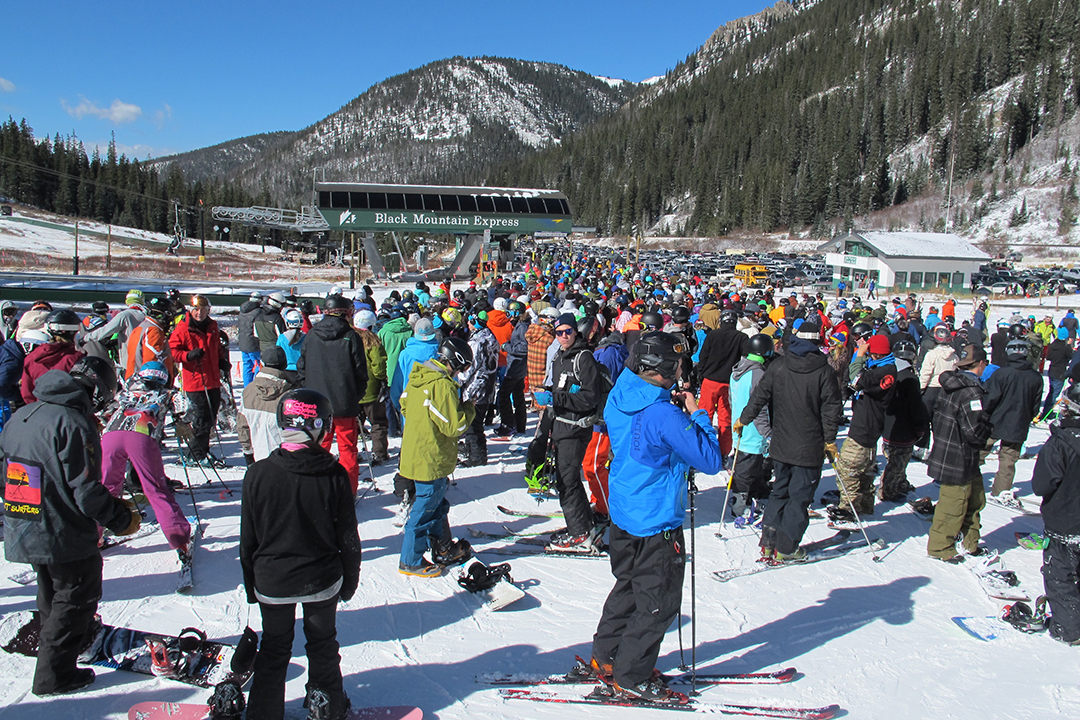
Just like an ideal ski run, when it comes to your recycling bins you need to have good visibility. Meaning your bins and waste streams should be easy to spot and accessible. Consider the areas of high foot traffic and locations such as parking lots, the bottom and top of lift lines, and other areas where there are often large crowds of skiers and snowboarders. Your outdoor bins should be located at areas along the lift line that everyone can see and will pass on there way to and off the lift. Think about where the common Kleenex stations are at lift lines. Recycle stations should ideally be located next to or close to these stations so a skier can grab a tissue, wipe their nose and immediately toss it in the correct stream.
Recycling stations that are accessible from both sides with large openings such as the Excel Dome Top are great options for skiers to toss their waste as they ski by without disrupting their run or causing congestion getting on or off the lifts. Recycling stations that are accessible from both sides are also great for outdoor ticket lines again helping with the flow of people.
3. All-round Equipment
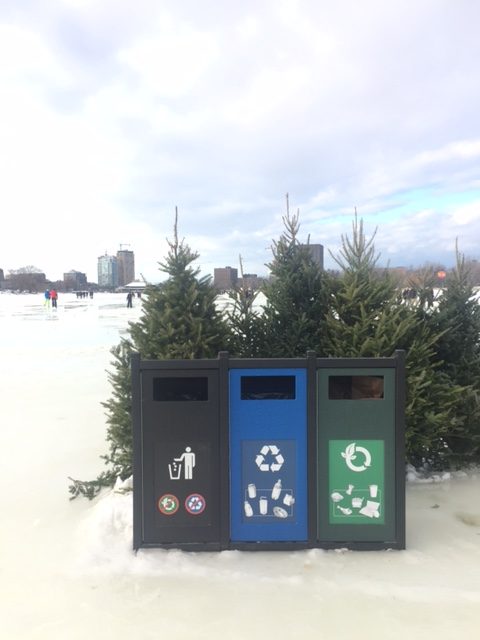
Any skier will tell you they’re only as good as their equipment and the same goes for effective recycling programs. Design and durability of bins are very important for ski resorts where a majority of the units need to withstand the harsh, winter elements and altitude. Bin accessories like anchor kits are ideal solution to guarantee your containers remain safe and grounded.
If you want to ensure your outdoor recycling bins will stand the test of time, sturdy construction is key. There are many different material options available including various wood laminates, steel and plastic, but when it comes to the outdoors CleanRiver has found that you just can’t beat HDPE! Our outdoor recycling bins are manufactured out of recycled HDPE material which doesn’t rot, is impervious to insects, is UV stable & weather resistant and waterproof. And the best part? CleanRiver also accepts recycled HDPE bins at the end of life to be recycled into other consumer items and HDPE lumber. It’s a sustainable win:win!
According to Caledon Ski Club General Manager Craig Macdonald:
“Keeping weather and snow out was critical to choosing our outdoor recycling bins. Before we purchased CleanRiver bins we would have to refinish and refurbish our older units regularly due to damage. And metal bins? Forget about it! We needed bins that would be durable and a design to stand up to the test of time. CleanRiver HDPE bins were the perfect choice. We use Excel Slant Tops outside our two main Chalets”
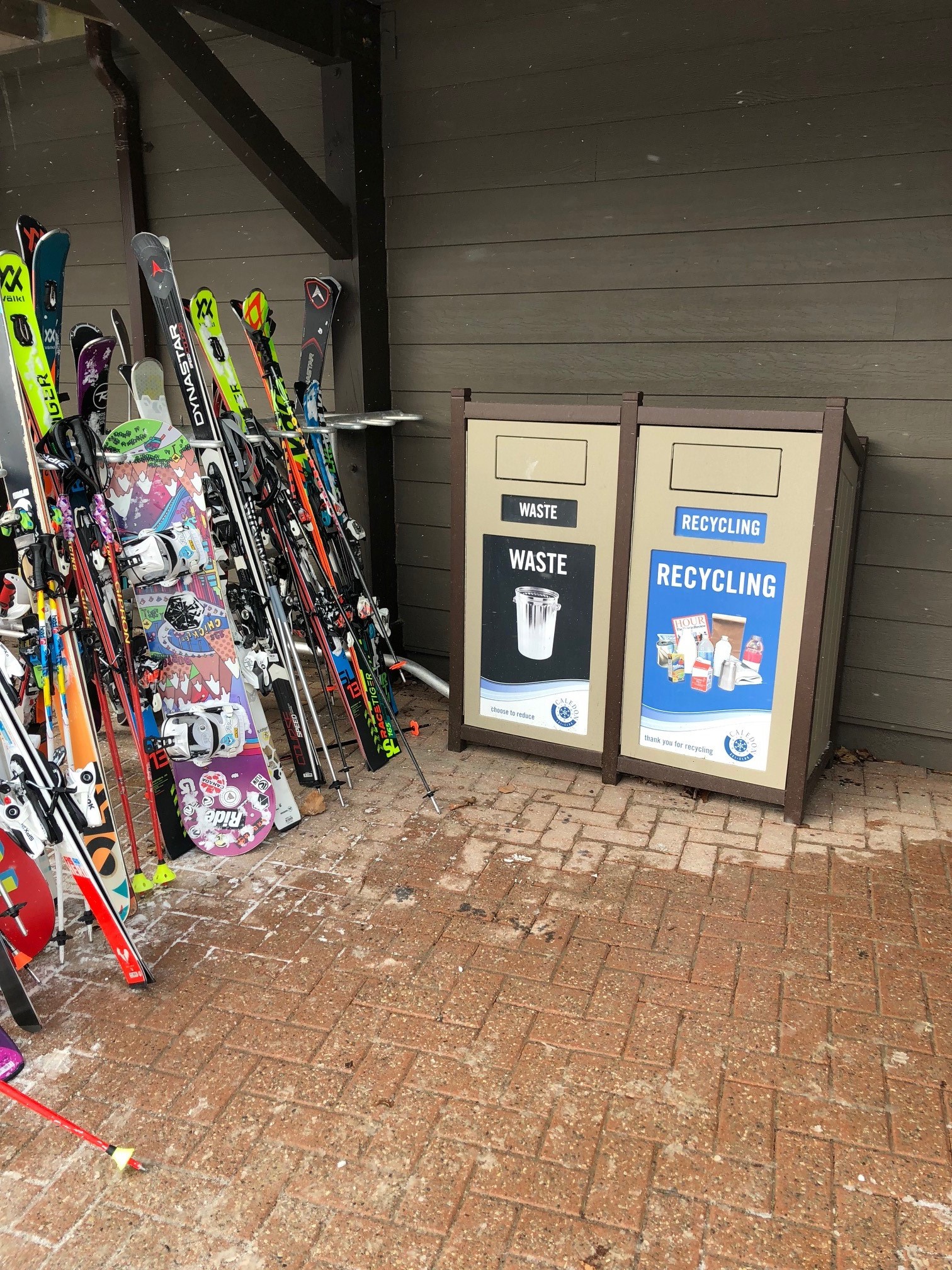
If you want your outdoor recycling program to be successful, it is extremely important that you incorporate bins that keep all the waste streams together. When there is no recycling or compost bin directly next to the garbage people just end up tossing all their waste in whatever bin is closest. This leads to contamination in your recycling and waste streams which can kill your sustainability goals because recycling will often end up in landfill rather than be properly sorted at the Material Recovery Facilities. That’s why we recommend one-stop collection which helps increase the effective separation of recycling and landfill garbage. So keep your streams together!!
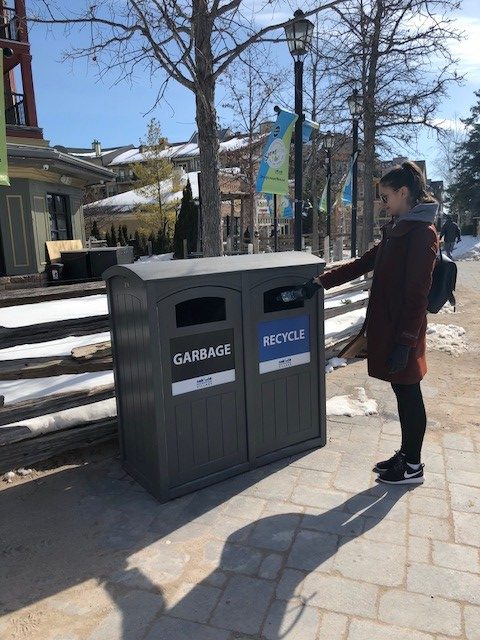
*Blue Mountain is always exploring opportunities to trim its waste-line! The Resort currently diverts approximately 60% of its waste from landfills through various reduce, reuse and recycling initiatives. For everything you need to know about ordering the best recycling bins for your ski resort check out: Top Tips To Buy The Best Outdoor Recycling Bins For your Program.
4. Hit the Chalet!

Don’t forget the apres-ski crowd and make sure your indoor recycling program gets all the alp it needs.
Chalets are the heart of every ski resort and host large volumes of people during lunch hours and at the end of the day. Ski Chalet cafeterias need to be able to service and move members through quickly and efficiently and your recycling program in these high traffic areas should be no different.
Your recycling bins and streams should be easily accessible and be sure to select the right bin capacity after your waste audit. Determine how many bins you need and the right size in order to accommodate the large crowds throughout strategic points throughout the chalet.

Keep your recycling stream colors consistent throughout the Chalet to help people learn what’s recyclable. And don’t forget to choose appropriate opening shapes and size depending on the location. In the cafeteria for example you may be collecting compostable plates, cutlery and clam-shells so the openings need to be large enough to accommodate these.
Speaking of compostable cutlery, if your recycling program doesn’t include an organics stream definitely consider composting. Because ski resorts offer so many food service locations from cafeterias to restaurants to coffee shops, it is great idea to start separating food waste to advance your program. Organic waste is a valuable resource that can be composted to produce soil fertilizers to enhance soil quality and reduce soil erosion. By choosing to separate organics for composting, you can divert more waste from landfill, lower your waste hauling fees, and make a positive impact on the environment. Be sure to talk to your waste hauler to see what can be collected.
5. Carve Out A Clear Communication Plan
Get everyone stoked about your club’s recycling program by telling everyone about it! Communicate and educate staff and vendors about the resort’s goals and the sustainability initiatives. Work with your supply chain and you can have more control over what is being brought into the resort. Many resorts have third parties running the cafeterias, shops and restaurants so you need to get them board with suppliers, process and products. What products can you switch to biodegradable or organic? (think food containers and plastic bags at ski shops.)
Make sure your recycling labels are clear and easy to understand. Many resorts have people visiting from all parts of the world. Use high impact graphics with clearly identifiable images of waste items. Keep these graphics consistent throughout the resort. Get your graphics right with our 3 Tips For Ordering The Most Effective Recycling Labels For Your Program.
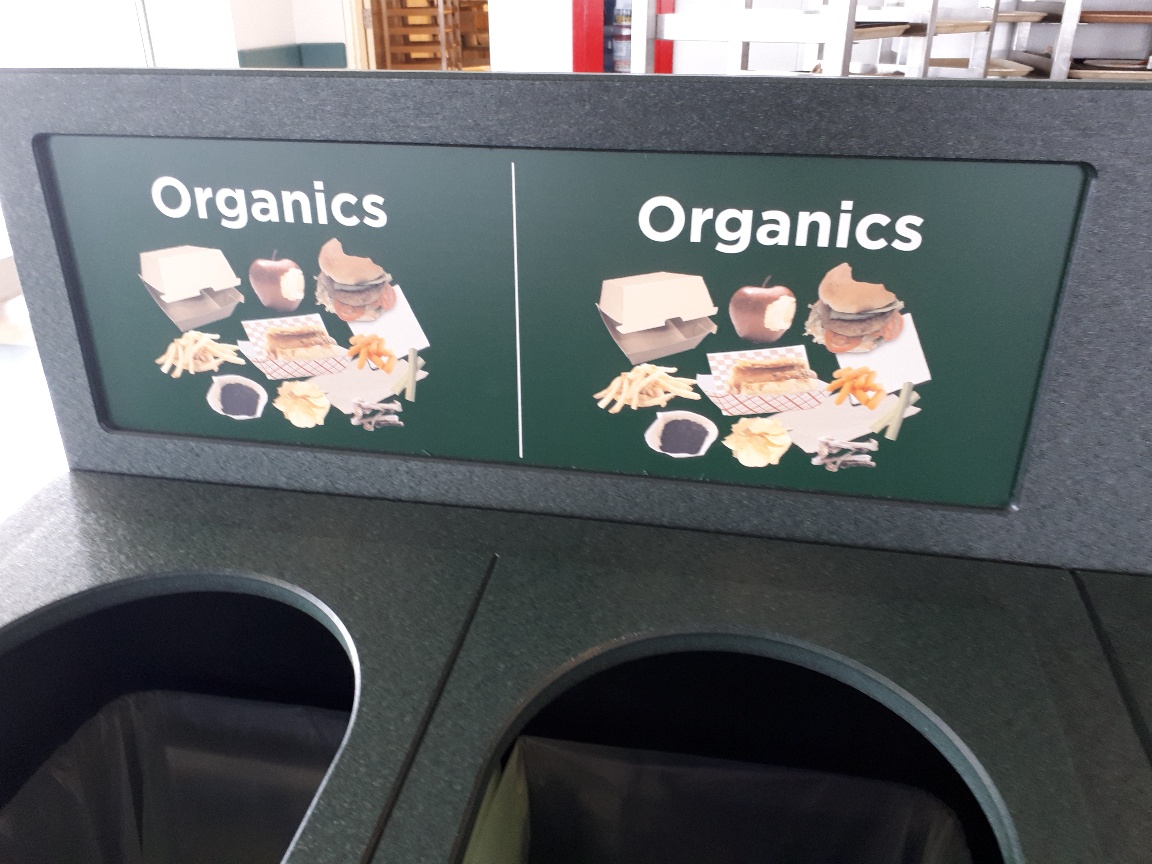
A few more tips to help your recycling program stick its landing:
- Identify all recycling stations throughout the resort on your village and trail maps
- Most ski chalets offer an area for Brown Bag lunches. Promote your recycling program to members and visitors and encourage guests to pack litterless lunches in the member newsletter and with posters throughout the lunchrooms.
- Place tent cards on all lunchroom tables with information about how to properly sort your waste.
- Advertise your sustainability initiatives on the chairlift announcement boards (at the loading station).
- Offer a discount to guests that opt for reusable cups rather than takeaways.
6. Let Your Program Snowball
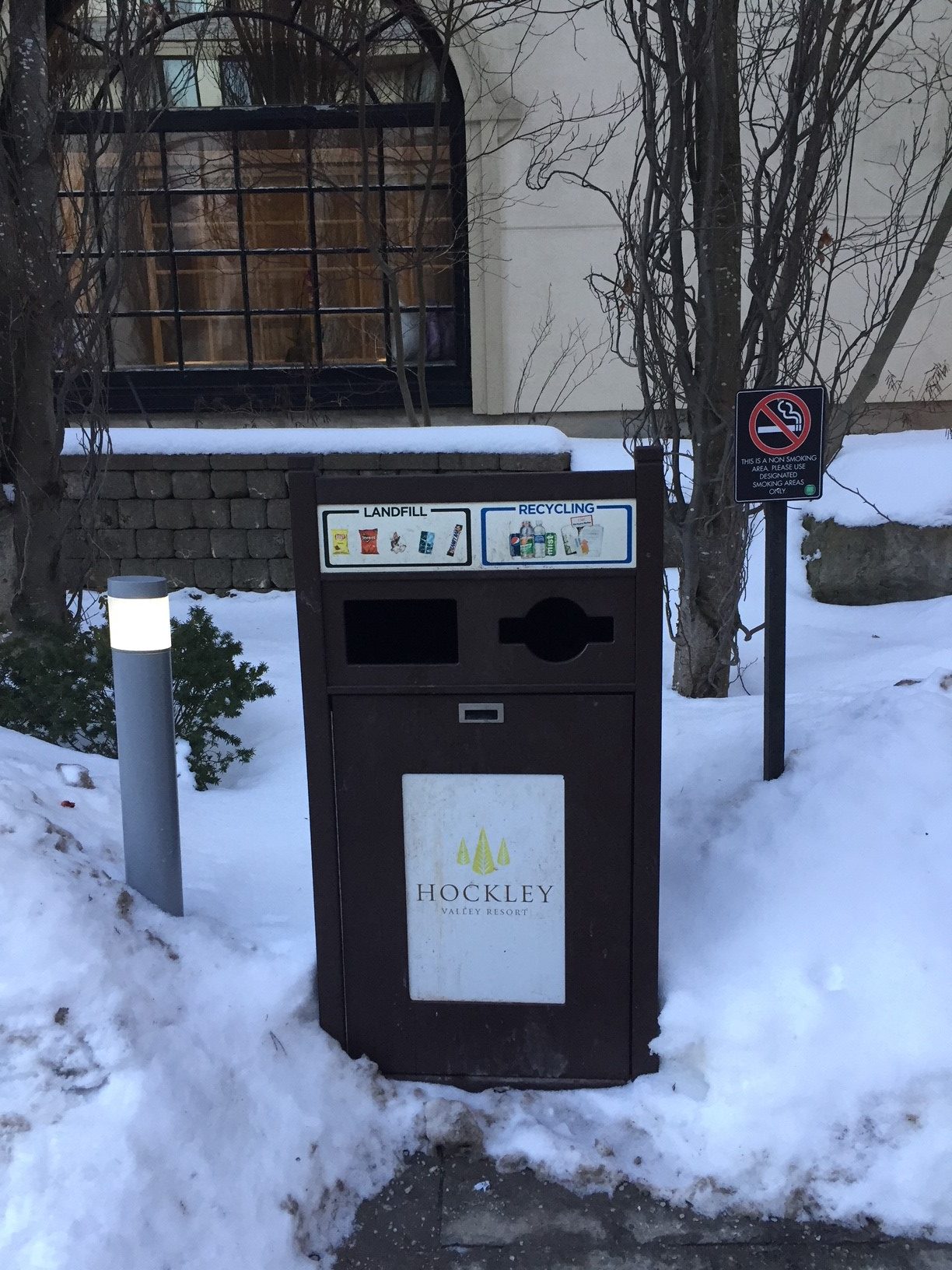
Once you launch your recycling program, you’ll start to see many more areas for improvement to continue to increase your diversion rate. So, don’t slow down and keep things snowballing and look for hidden opportunities everywhere.
- Opt for mobile tickets instead of the common printed tickets that most ski resorts sell and divert a very common waste item at ski resorts from landfill. In 2018 Banff Sunshine Village made their sustainability goals a priority and worked on an app, that just like airline tickets allows you to download your lift ticket to your mobile phone. How cool is that?
- Reduce paper products with air dryers in all the washrooms or switch to compostable paper towel
- Switch all disposable cups, dishes and cutlery in cafeterias to reusable dishes that can be washed and reused.
- Speak to a CleanRiver rep to learn more about our food service bins that can be designed to include a tray holder or shelving for reusable plates and dirty dishes.
- Start a trail map take back program so trail maps for the slopes can be recycled and reused at the end of the day.
*Add a collection stream to your bins to separate all trail maps from the rest of yours streams similar to what Little Rock Zoo did. In addition to a 65% increase diversion rate, 1% of the maps are now being returned for recycling as visitors exit the zoo.

For more information on launching successful ski resort recycling program, check out our blogs 5 Pro Tips For Buying Recycling Bins and 3 Ways To Protect Your Recycling Program From Failure.
CleanRiver Recycling provides a variety of innovative, flexible and customizable recycling solutions. To determine the right solution to meet your needs, use the CleanRiver product selector.
If you have additional questions that weren’t answered in this blog post please call us at 1-866-479-4038 or email solutions@cleanriver.com.

